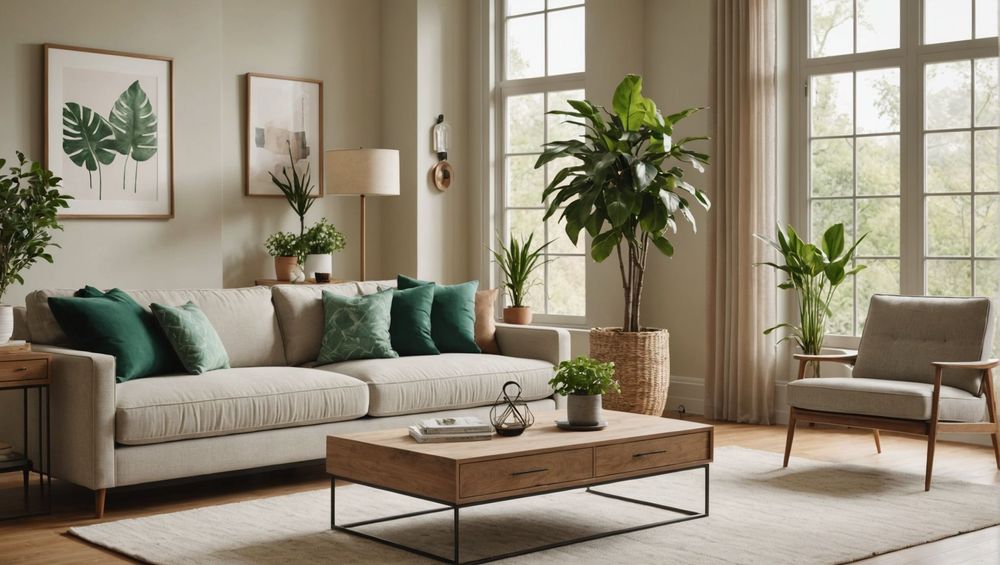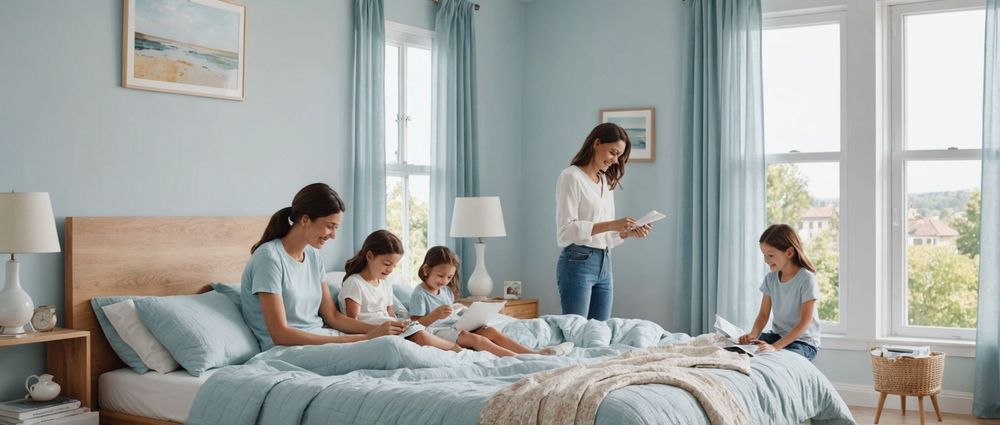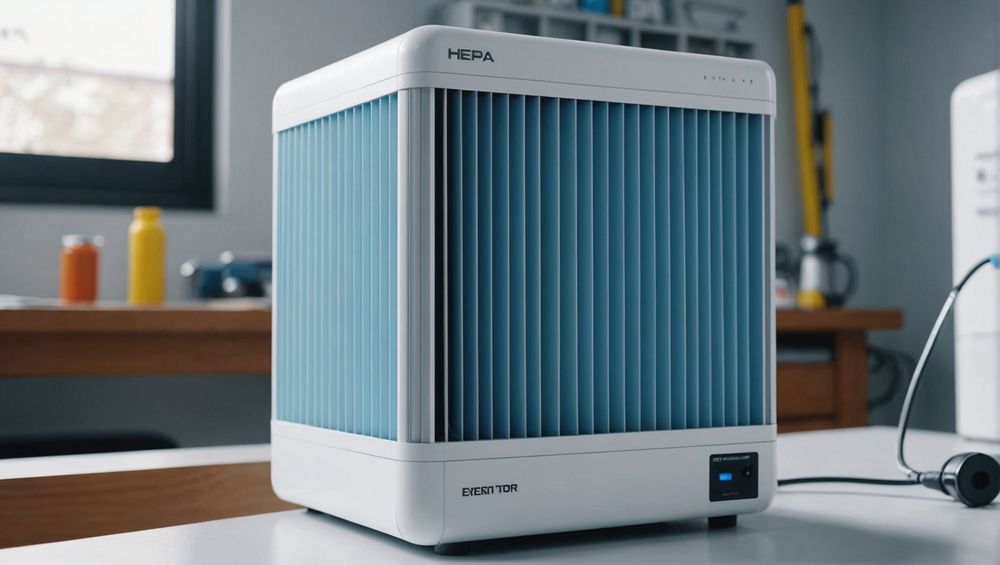Choosing the right air purifier can be a daunting task, given the myriad of options available on the market today. The effectiveness of an air purifier depends on various factors that contribute to its functionality and efficiency in Improving indoor air quality. To ensure that you select an air purifier that meets your needs, there are several key aspects to consider. From understanding the type of filters used to evaluating noise levels, this guide will illuminate five crucial considerations when purchasing an air purifier.
1. Type of Filter

The type of filter an air purifier uses is fundamental to its performance. HEPA filters are the gold standard for air purification. They can capture 99.97% of airborne particles, including dust, pollen, and pet dander. Other filter types, such as activated carbon filters, are excellent for absorbing odors and volatile organic compounds (VOCs). Here’s a breakdown of popular filter types:
- HEPA Filters: Ideal for trapping tiny particles, excellent for allergy sufferers.
- Activated Carbon Filters: Great for removing smells and gases.
- Pre-Filters: They capture larger particles to prolong the life of HEPA filters.
- UV-C Light Filters: Useful for killing bacteria and viruses.
Understanding the types of filters and their intended functions will help you better address your specific air quality issues.
2. Clean Air Delivery Rate (CADR)
The Clean Air Delivery Rate (CADR) is a vital metric that indicates how effectively an air purifier can clean the air in a specific room size. CADR measures the volume of air purified per minute, focusing on three major pollutants: smoke, dust, and pollen. When selecting an air purifier, you should look for a CADR rating that matches or exceeds the size of the room where it will be used. Key considerations related to CADR include:
- Match the CADR to your room size: For optimal results, the CADR should be at least two-thirds of your room’s area in square feet.
- Consider multiple CADR ratings: Be sure to check ratings for dust, pollen, and smoke individually.
- Understand the significance of a higher CADR: A purifier with a higher CADR is generally more effective and quicker in delivering clean air.
Taking CADR into account can lead to a more impactful air purification experience, ensuring air quality meets your standards.
3. Noise Level

Noise level is an often overlooked factor when selecting an air purifier, yet it can significantly impact your comfort. Some air purifiers operate at a whisper-soft level, making them suitable for bedrooms or quiet spaces, while others may produce a more noticeable hum. When evaluating noise levels, consider the following:
- Check Decibel Ratings: Most models will specify operational noise levels in decibels (dB). Quiet models typically score below 30 dB.
- Multi-Speed Settings: Look for models that offer multiple fan settings to manage noise while still achieving effective purification.
- Usage Context: Think about where you plan to use the purifier; louder models may be acceptable in larger living spaces but unsuitable for bedrooms.
Finding the right balance between performance and noise can create a serene environment free from intrusive sounds.
4. Coverage Area
The coverage area of an air purifier is essential to consider, especially if you plan to use it in a larger room or multiple spaces. Each air purifier has a specified room Size limit, which indicates how much square footage it can effectively purify. To choose the best unit for your needs, keep the following in mind:
- Measure Your Space: Always measure the size of the room to match it with the air purifier’s rated coverage.
- Consider Open Floor Plans: If you have an open concept space, you may need a more powerful unit or multiple purifiers.
- Air Changes Per Hour (ACH): Look for air purifiers offering multiple air changes per hour (ACH) for improved air quality in your space.
Understanding the coverage area helps guarantee that the air purifier will adequately serve its intended environment.
5. Additional Features and Maintenance
When selecting the right air purifier, you should also consider any additional features that might enhance its usability and maintenance requirements. Some include smart features like air quality sensors, Wi-Fi connectivity, and app integrations. Below are some potential features and maintenance aspects to consider:
- Smart Technology: Some models connect to apps on your smartphone, allowing you to monitor air quality and receive filter change alerts.
- Filter Replacement Indicator: This feature notifies you when it’s time to replace filters, ensuring you maintain optimum performance.
- Ease of Cleaning: Models with washable pre-filters can simplify maintenance, saving you time and money on replacements.
While convenience features may come at a premium, their benefits can significantly enhance the user experience and prolong the lifespan of the air purifier.
Conclusion
Choosing the right air purifier involves careful consideration of various factors, including filter type, CADR, noise levels, coverage area, and additional features. By factoring in your specific needs and preferences, you can make an informed decision that will lead to a cleaner, healthier indoor environment. Remember, an air purifier is an investment in your well-being; choosing wisely will ensure that you reap the full benefits of improved air quality for years to come.
FAQs
1. What is the most important feature in an air purifier?
The most important feature is often the type of filter used, with HEPA filters being best for trapping small particles and allergens.
2. How often should I change the filters in my air purifier?
It depends on usage, but typically every 6-12 months. However, models with filter indicators will notify you when it’s time for a change.
3. Can I use an air purifier in multiple rooms?
It’s possible, but using a dedicated purifier in each room ensures optimal purification since their coverage area is limited.
4. Are air purifiers effective against viruses?
Many models with HEPA and UV-C light technology can reduce airborne viruses, although they should not replace other preventive measures like vaccination and hygiene.
5. Do air purifiers consume a lot of electricity?
No, most modern air purifiers are energy efficient, typically using less energy than a regular light bulb, making them cost-effective to run.



